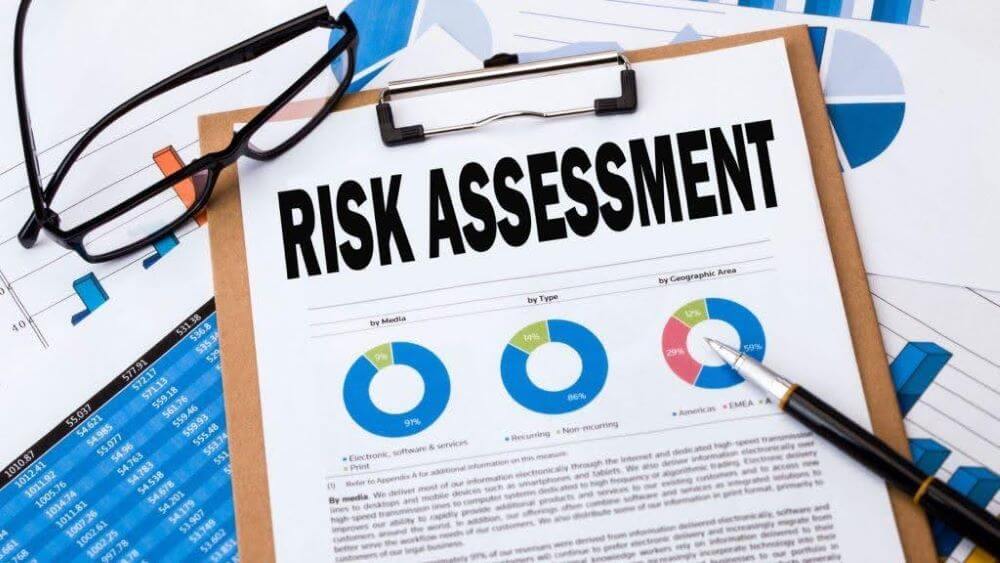Imagine walking through a neighborhood where every street, building, and public square anticipates sudden floods, heatwaves, or shifts in urban life. That’s not science fiction. Risk assessment is the lens that brings tomorrow’s possibilities into today’s planning.
We’ve long built cities around legacy comforts: wide roads, dense housing, concrete expanses. But those defaults may be the cracks in our urban armor. Climate shocks, aging infrastructure, social inequities—they are not future threats; they’re unfolding realities. Risk assessment challenges conventional assumptions and elevates urban design into future-proof strategy.
As cities grow and climate challenges mount, understanding risk isn’t just timely—it’s urgent. Let’s explore how the habits we shake free from and the new frames we embrace shape the contours of resilient urban futures.
The Hidden Biases That Blind Urban Planning
Most urban planning treats “risk assessment” as a checkbox—something done once and quietly shelved. We trust zoning rules, flood maps, and insurance thresholds—all polished but limited. We think, “We’re covered. We’re safe,” rarely asking: safe from what, exactly?
I once spoke with a city planner who relied on traditional floodplain maps—only to be upended when a flash flood swept through a road declared “safe.” It’s a familiar story: risk hides in blind trust and outdated models.
Cities fall into the same invisible trap: intangible risks become visible only once it’s too late. This is where a subtle shift in mindset matters. Risk assessment stops being an afterthought and becomes a guiding lens. Urban expansion isn’t just about space—it’s about vulnerabilities. Insights from thoughtful services partners, such as Hr Consulting, can enrich the dialogue, adding strategic depth without feeling promotional.
Planning With Foresight Instead of Fear
What if planning started with vulnerabilities, not assets? Begin with what a city cannot afford to lose, then define what gets built.
Contrast the old approach—build first, patch later—with a new logic: simulate future shocks, test responses, then build. Risk assessment becomes a rehearsal—not for disaster, but for adaptability.
Predictive analytics and simulation tools let us ask: where will roads flood? Where will energy demand spike? Where will displacement ripple? These storyboards of possible futures guide better decisions.
In rapidly urbanizing areas, risk-informed frameworks steer development away from flood-prone zones. Instead of fixing levees afterward, planners ask: “Where is development safe? How can green spaces double as stormwater management and public space?” Risk assessment, handled well, doesn’t restrict—it liberates better design, investment, and lives.
Empathy in Urban Risk
The most profound advances in risk assessment may not come from algorithms but from empathy. Data shows where disasters may strike, but community input highlights what truly matters: sacred spaces, caregiving hubs, and local vulnerabilities. This human layer transforms risk from cold metric to shared mission.
Rethinking Urban Resilience
Risk assessment is not an obstacle—it’s an invitation. It asks planners, developers, and citizens to pause, question what feels normal, and reorient toward what matters most.
Here’s your reflective prompt: next time a new urban project is announced, ask yourself, “Did anyone assess risk before the blueprints were drawn?” In cities of tomorrow, resilience is designed long before disaster strikes—by seeing risks clearly, incorporating human insight, and planning with foresight.

















